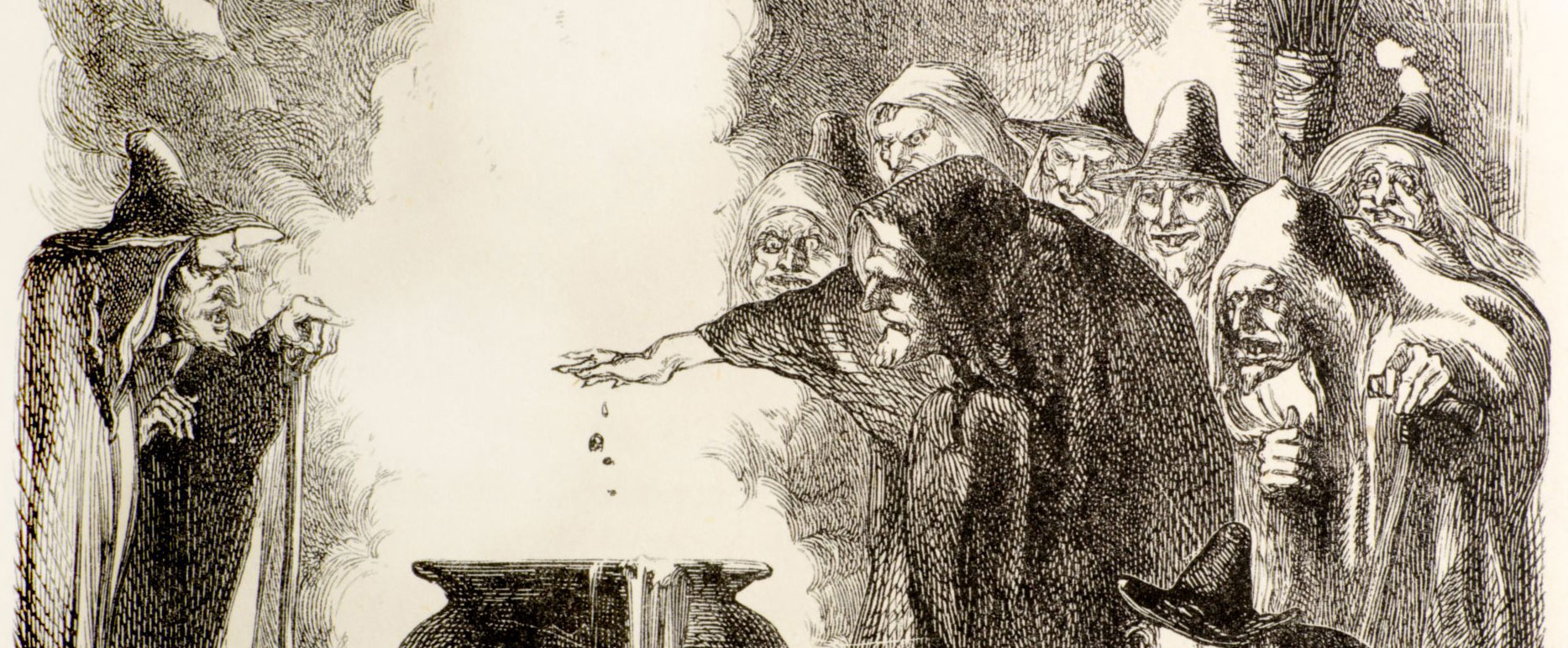
MORGANTOWN, WEST VIRGINIA—According to a statement released by West Virginia University, geographers Kristen de Graauw and Amy Hessl are using tree-ring dating of samples of wood taken from historic log structures to study forest ecology in the Appalachian Mountains, and its possible ties to the decrease in the Native American population in the region after the arrival of Europeans. The data suggests that fast-growing, second-growth forests appeared in the late seventeenth century, at about the time that Native Americans are thought to have abandoned their cleared land. A drought in the late seventeenth century in eastern North America may have also thinned forests and brought about a surge in regrowth, de Graauw explained. Hessl said further research, including analysis of samples from additional historic log buildings, dating of charcoal, and archaeological investigations, could help researchers understand what happened to Native American populations in eastern North America after European contact. To read about the effects of European colonization of the Americas on the Earth's climate, go to "Colonial Cooling."











